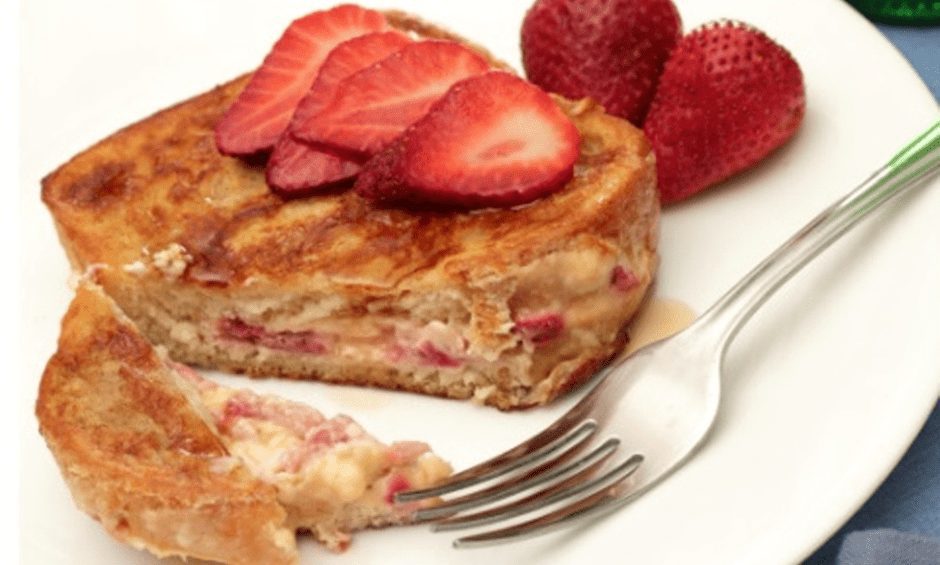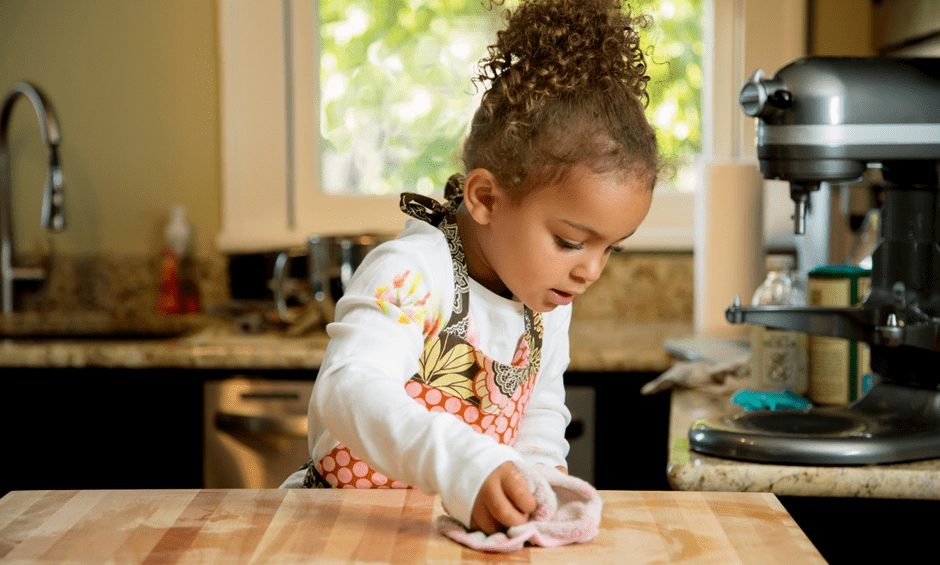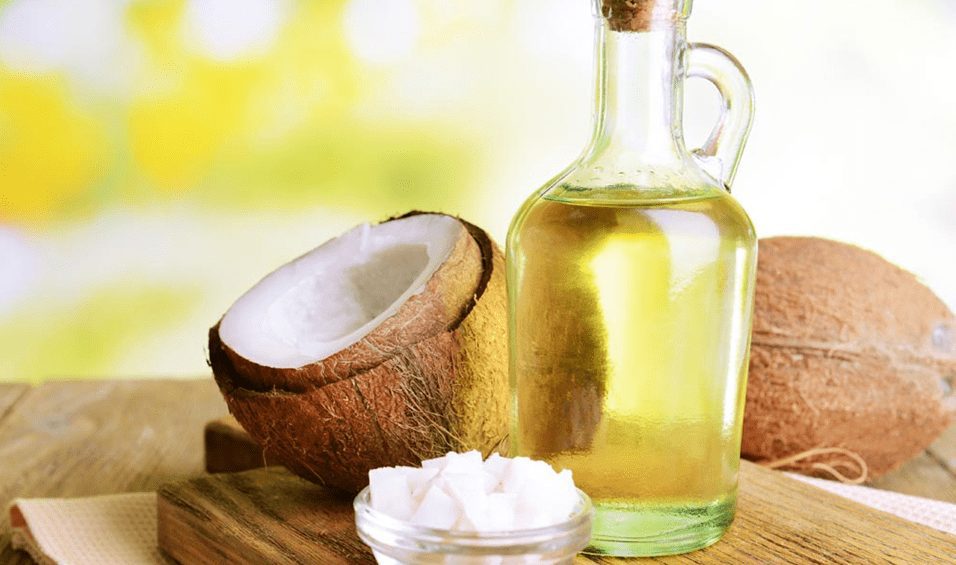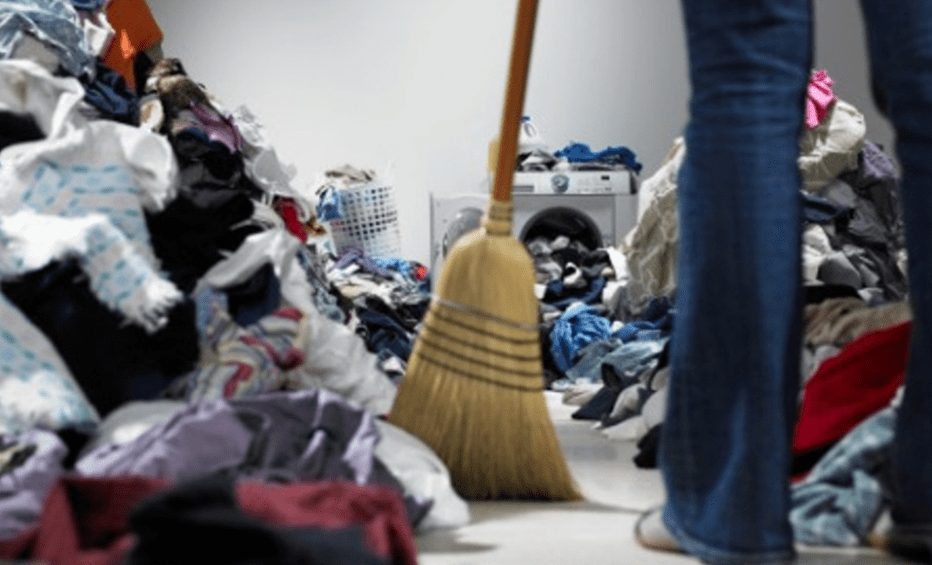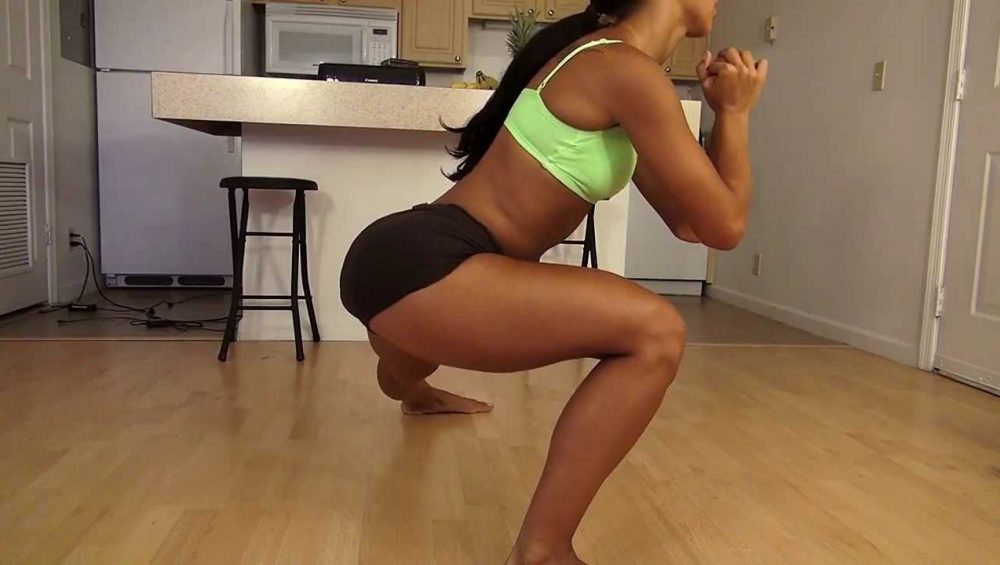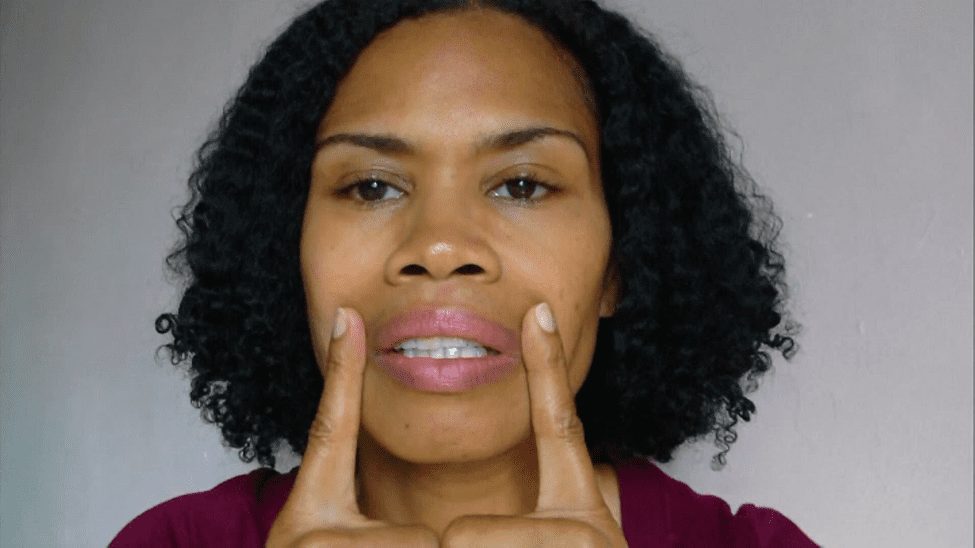If you are suffering from hormonal imbalance, you are not alone. A lot of women, irrespective of their age or size are living with hormonal imbalance.
Hormonal balance is vital to a healthy, cancer-free mind and body, but can be disrupted in many ways. Hormone fluctuations occur naturally, such as in puberty, menopause, and perimenopause. Hormone imbalance may also be caused by toxins or an unbalanced lifestyle. Understanding the causes of hormone imbalance empowers us to prevent them, and at the same time, feel better, think better, and better prevent breast cancer.
Common causes of hormonal imbalance are menopause, pregnancy, menstrual cycle, the contraceptive pill, and lifestyle factors such as inconsistent sleep patterns, stress a poor diet and lack of exercise. Other causes can be thyroid issues or diabetes.
Signs of hormonal imbalance include insomnia, vaginal dryness, lack of libido, mood swing and depression, digestive disorders, hot flashes and night sweats.
How To Get Rid Of Hormonal Imbalance Naturally
Hormonal imbalance, when diagnosed, can be treated at the hospital, but these natural methods can aid the treatment. Good diet, lifestyle changes and certain herbs play a major role in getting rid of hormonal imbalance.
Eat Enough Healthy Fats
Get enough good fat into your body by adding it to your diet. The 3% of the body made up of polyunsaturated fats contains both Omega-3 fats and Omega-6 fats in about a 50:50 balance. This ratio is extremely important for health, and it is often ignored. Seed based vegetable oils (like canola oil, soybean oil, etc.) are very high in Omega-6 fats and low in Omega-3 fats. Since the 1950s, these seed based oils have replaced many sources
of saturated fats and Omega-3s in the diet. This is one of the reasons that most people are not getting enough vital Omega-3 fatty acids from their diet. Avoid fats like vegetable oil, peanut oil, canola oil, soybean oil, margarine, shortening, or other chemically altered fats. Eat fats like coconut oil, real butter, olive oil (don’t heat it!) and animal fats (tallow, lard) from healthy sources instead and eat lots of high Omega-3 fish.
Avoid Caffeine
Too much caffeine can wreak havoc on the endocrine system, especially if there are other hormone stressors involved, like pregnancy, the presence of toxins, beneficial fat imbalance or stress.
Stop taking coffee if you can, or replace with beneficial herbal teas. If you can’t or won’t get rid the coffee, use it as a way to sneak in your beneficial fats by adding one tablespoon coconut oil to each cup and blending in the blender to emulsify.
Avoid Harmful Chemicals
Harmful chemicals found in pesticides, plastics, household cleaners, and even mattresses can contain hormone disrupting chemicals that mimic hormones in the body and keep the body from producing real hormones. Things like hormonal birth control can (obviously) do the same thing.
Get Enough Sleep
Without adequate sleep, your hormones will not be in the balance. While you’re sleeping, your body is extremely active removing toxins, recharging the mind, and creating hormones. Skimping on sleep, even for one night, can have a tremendous impact on hormones and even one night of missed or shortened sleep can create the hormone levels of a pre-diabetic.
Supplement Wisely
It’s so bad that we live in a world where the food supply is often below par as nutrients are lost due to over-farming, the water is often contaminated with chemicals, and even the air can contain compounds that cause havoc in the body.
Ideally, we could get all of our nutrients from food, properly hydrate from water, and get enough Vitamin D from the sun on a daily basis. We’d get magnesium from the ocean and not get deficient in the first place since we’d be consuming adequate minerals from eating fresh seafood.
In cases like this supplements are needed. There are enough supplements sold out there that are helpful for hormonal imbalance.
NOTE: Make sure to check with your doctor or health care professional before taking any new supplements, especially if you are on medications or contraceptives.
Maca Root Extract is a hormone boosting tuber in the radish family with a long history of use in Peru. Women who use this often see improvements in fertility, reduction in PMS and better skin/hair. It can help men with sperm production, testosterone levels, and muscle composition. This herb is a good source of minerals and essential fatty acids, which is one of the ways it supports hormone balance. It is available in powder form and capsules. Maca should be discontinued during pregnancy.
Magnesium is vital for hundreds of functions within the human body, and many of us are deficient in this master mineral. Magnesium can be gotten in powder or liquid form, or through magnesium oil applied to the skin.Topical application is often the most effective option for those with a damaged digestive tract or severe deficiency.
Vitamin D & Omega-3s is Aapre-hormone is supportive of hormone function. Best obtained from the sun if possible, or from a D3 supplement or Cod-liver oil (a good source of Omega-3 and Vitamin D and what I do in the winter). Make sure not to get too much, and optimally, get Serum Vitamin D levels checked to monitor levels.
Gelatin or Collagen is a great source of minerals and necessary amino acids. Gelatin and collagen powders support hormone production and digestive health in various ways. Gelatin powder can actually “gel” and is useful in recipes like homemade jello and probiotic marshmallows, while collagen protein does not gel but is easily added to soups, smoothies, coffee, tea or any other food.
Natural Progesterone Cream PMS and menstrual troubles that are often linked to specific hormone imbalances. Especially for those with short cycles or short second phase of their cycle (ovulation through the start of menses), progesterone can be the issue. Symptoms reduce when such people use natural progesterone cream.
Exercise The Right Way
For those with hormone imbalance, extended intense exercise can make the problem worse in the short term. Sleep is much more important, at least during the balancing phase, so focusing on relaxing exercises like walking or swimming and avoiding the extended running, cardio, and exercise videos can help the body in the short term.
While extended cardio can be bad, short bursts of heavy lifting (kettlebells, deadlifts, squats, lunges) can be beneficial since they trigger a cascade of beneficial hormone reactions. Aim for a few sets (5-7) at a weight that challenges you, but make sure to get help with form and training if you haven’t done these before the as bad form can be harmful.
Take Herbs
Certain herbs and plants can also help the body bring hormones into balance. Of course, it is important to talk to a doctor before taking these, especially if a person is on hormonal contraceptives or other medications.
Vitex/Chaste Tree Berry– Nourishes the pituitary gland and helps lengthen the luteal phase. It lowers prolactin and raises progesterone. For some women, this alone will improve symptoms.
Red Raspberry Leaf– A well know fertility herb that is also helpful in reducing PMS and cramping. It has a high nutrient profile and is especially high in calcium and is a uterine tonic. It is available in capsule form but makes an excellent hot or cold tea.
Adaptogens- Herbs that help the body handle stress and support the adrenals. They are a great and natural way to work toward hormone balance for many people.
Support Digestive Health
The digestive system has much more of an impact on hormones than we realize. Not only is the digestive tract the source of many vital neurotransmitters in the body, but an imbalance in the gut can translate to an imbalance in neurotransmitter and hormones. Serotonin, a necessary neurotransmitter for sleep/stress balance is more concentrated in the gut than even in the brain! 70% of the immune system is found in the gut, and it is quite literally the motherboard of many functions in the
Fix Your Leptin
Leptin is a master hormone, and if it is out of balance or if you are resistant to it, no other hormones will balance well. Fixing leptin also helps boost fertility, make weight loss easier, improve sleep, and lower inflammation.
